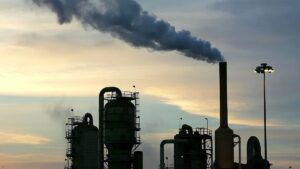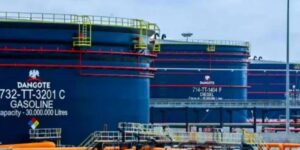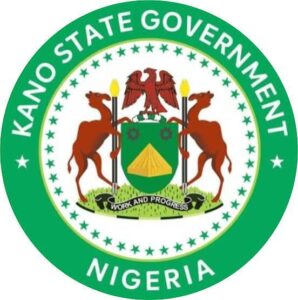Nigeria’s Dangote Refinery, Africa’s largest single-train refinery, is facing a temporary shutdown of its petrol production unit due to technical issues. The refinery’s 204,000 barrels-per-day Residue Fluidized Catalytic Cracking Unit (RFCCU) has been offline since around August 29 after catalyst leaks and other complications, according to industry sources. Repairs are expected to take at least two weeks.
The refinery, which has been ramping up operations since its launch last year, recently achieved its first gasoline exports to the United States, with shipments expected to reach New York later this month. Despite these milestones, the facility has struggled with intermittent outages, with previous disruptions limiting the RFCCU to reduced operating rates.
Market watchers say the current shutdown is putting pressure on petrol availability in the Atlantic Basin, boosting profit margins for U.S. refiners. U.S. gasoline futures crack spread—a key measure of refinery profitability—rose nearly 3% on Wednesday, reaching its highest level since mid-August.
Meanwhile, global crude oil markets are being influenced by ongoing adjustments from the Organization of Petroleum Exporting Countries (OPEC) and its allies. In August, OPEC lifted output by 400,000 barrels per day, led by Saudi Arabia, as part of efforts to revive suspended production and regain market share. Despite this, crude prices remain elevated, trading near $68 a barrel, supported by geopolitical tensions and Western sanctions on major oil exporters.
OPEC+ is scheduled to hold a virtual meeting on Sunday to review market conditions and may consider further increases in production. Analysts say these decisions could impact global oil supply and pricing in the coming months.
The Dangote Refinery’s recent setback highlights the challenges of maintaining consistent operations at one of the world’s largest and most ambitious refining projects. Any prolonged disruptions could have ripple effects on fuel supply and pricing in the region.











